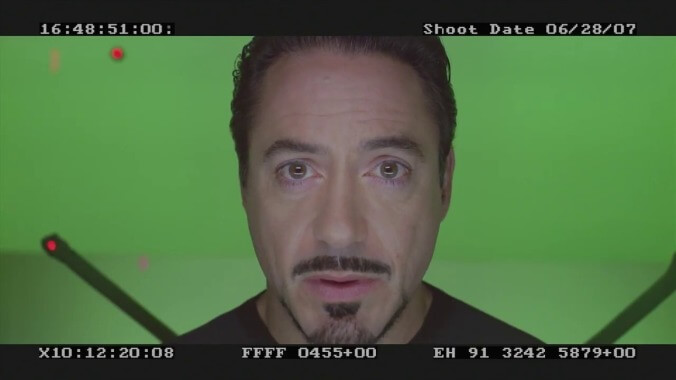Nerd out like Tony Stark with this breakdown of how the Iron Man HUD was created

After 19 Marvel movies, it can be easy to forget to appreciate some of the smaller details, like how Captain America’s shield always has that perfectly supernatural bounce ability or how Thor can only fly by throwing Mjolnir real good. One small detail is practically right in the audience’s face in a bunch of Marvel movies, though, and it can be easy to take it for granted. We’re talking of course, about the heads-up display (or HUD) on the Iron Man helmet, which made its first appearance in Iron Man all the way back in 2008.
VFX Blog has put together a fascinating oral history on how the HUD was created, speaking with the original creators at visual effects studio The Orphanage about how they came up with it and how an initially strong concept nearly fell apart before the movie was finished. As it turns out, the basic concept was inspired by 2001: A Space Odyssey, specifically the shots where the lights on a computer are reflected in Keir Dullea’s space helmet. Those scenes allowed the audience to see what he was looking at without having to take him out of the helmet, which was an important hurdle to cross for Iron Man—a movie where the main guy spends a lot of time in a helmet.
A lot of the post is very “inside baseball,” in that only hardcore Iron Man fans or special effects experts will really care, but there are a number of truly interesting details. For example, one of the guiding principles with the HUD is that every shot of it in the first Iron Man movie is used to illustrate an “alpha event.” That means there’s a story reason for whatever Tony is doing in the helmet that is reflected on the HUD, with some of them being obvious (when Tony asks about the suit’s power, a power level will appear onscreen) and others being little Easter eggs that would be relevant to Tony (like flight paths for LAX or “the flight altitude record set by the SR-77 Blackbird”).
 Keep scrolling for more great stories.
Keep scrolling for more great stories.
